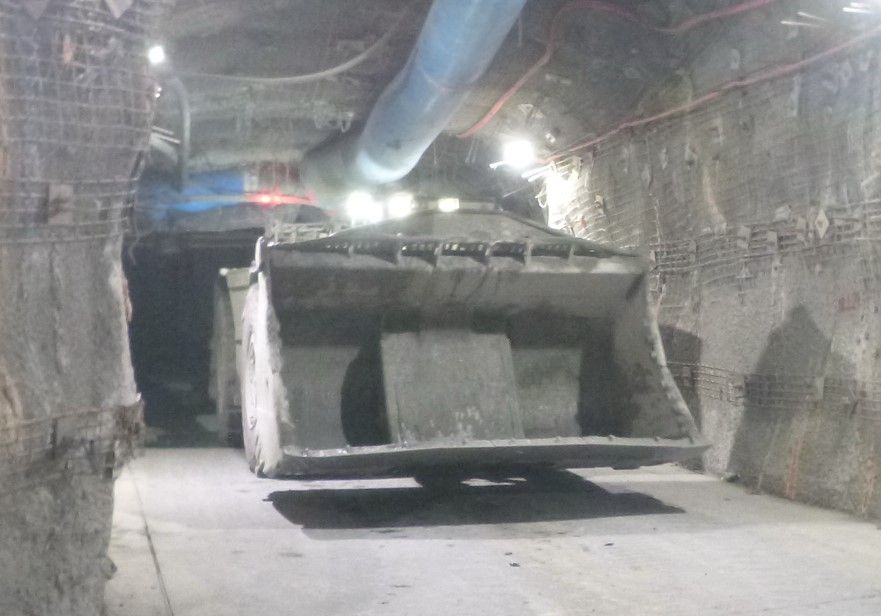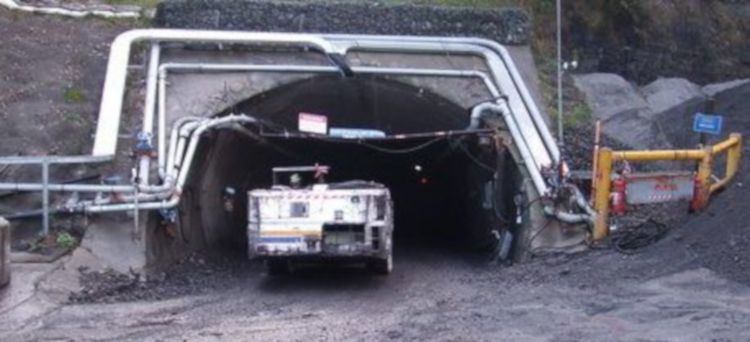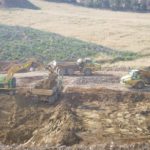Management of traffic in underground mining operations
Traffic management in surface mining and underground mining operations are worlds apart.
Surface operations can implement various improvements to the traffic infrastructure with relative ease. Underground operations, on the other hand, are usually set in stone – literally. The design and construction of underground workings is principally dictated by the mining method requirements, ground conditions and costs. The management of traffic movements by small and large vehicles is somehow secondary.
Underground traffic largely relies on procedural controls. These are becoming ever more sophisticated with various technological enhancements but operators still follow priority rules, radio communication and protocols (documented and undocumented).

There are very little practical and feasible improvements that can be made to underground traffic infrastructure. However, underground mines normally have an accompanying surface operation that can have a significant footprint. There are ore and waste stockpiles, ore processing plants, plant maintenance workshops, logistics operations and various other ancillary facilities that are required to keep a mine operating.
The surface areas can experience high pedestrian volumes along with light and heavy vehicle movements, sometimes in tight conditions. This exposes underground mining operations to potentially serious traffic risks in their surface activities. For this reason, the surface traffic, pedestrian and vehicular, should be provided with roads and trafficable areas that have been designed, constructed and maintained to reduce the risk of interactions between vehicles and pedestrians.


